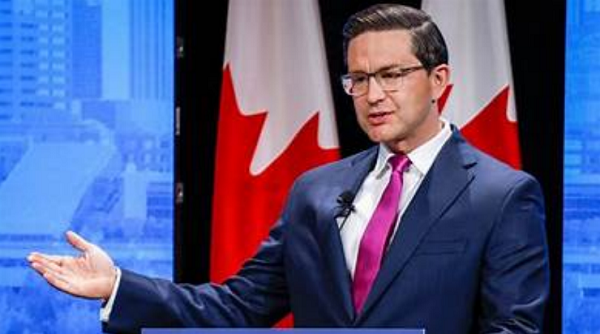Homebuyers resolves to alternative lenders for mortgages as increasing rates make qualifying harder
Canadian homeowners are increasingly turning to alternative and private lenders as rising interest rates make it harder to qualify for a mortgage from a bank, new data show.
The total value of outstanding loans from credit unions, mortgage investment corporations and other private lenders reached $388.6-billion in the second quarter of this year, according to Statistics Canada’s survey of non-bank mortgage lenders.
That is a 4-per-cent jump from $373.6-billion in the same period in 2022 when the Bank of Canada began quickly raising interest rates in a bid to halt inflation, and an 18-per-cent increase from $330-billion in the first quarter of 2020, when mortgage rates were closer to 3 per cent.
The higher interest rates have made it harder for borrowers to qualify for loans from chartered banks, which offer the cheapest mortgages. Under federal stress test rules, borrowers must show they can afford their mortgage payments at an interest rate that is at least two percentage points higher than their actual mortgage contract. With the popular five-year fixed mortgage rate at about 6 per cent, borrowers have to qualify at 8 per cent.
The stress test does not apply to non-bank lenders.
“Due to more difficulty in qualifying, many folks have to take a private mortgage,” said David Steinfeld, who has seen an uptick in demand for private lenders at his firm Stonefield Mortgage.
The other factor driving borrowers to the alternative mortgage market is homeowners’ inability to make higher mortgage payments. The central bank’s key interest rate is 5 per cent compared with 0.25 per cent last March. That has immediately made it more expensive for borrowers with floating or variable rates. Some homeowners have seen their monthly payments climb by thousands of dollars, according to mortgage brokers.
“A lot of homeowners are having a difficult time paying their mortgage,” said Samantha Brookes, chief executive of mortgage brokerage Mortgages of Canada.
“Some are refinancing and ending up with a higher interest rate. Others are not able to refinance if they had purchased in the past few years,” she said.
For borrowers who have no choice but to sell, they are doing so as home prices have been declining. Some homeowners are trying to hold out for the high prices that were around during the height of the pandemic and are turning to short-term financing as they wait for a better time to sell.
“Sellers who are not solvent are taking short-term loans to bridge them to a sale, trying to avoid drastic price reductions,” Mr. Steinfeld said.
The Statscan data show the total value of outstanding alternative loans rose at a sharper trajectory starting at the end of 2021. The number of alternative loans, which include those from mortgage finance companies, was 1.81 million in the second quarter of 2023 compared with 1.75 million in the same period in 2022 and 1.7 million in the first three months of the pandemic in 2020.
“There is growth in that market,” said Sharon Marcellus, unit head with Statscan’s industrial organization and finance division.
While demand is rising, alternative lenders are strengthening their qualification requirements owing to concerns they won’t be able to recoup their investment if a borrower defaults on payments. Mortgage investment corporations and other private lenders rely on a metric called the loan-to-value (LTV) ratio, which measures how much the homeowner owes relative to the appraised value of the property.
The higher the LTV ratio, the higher the risk is for the lender if their borrower stops making payments and the lender has to sell the property. Because home prices have been falling, lenders have been reducing their qualifying LTVs. That means a borrower will have to have more equity in their homes or a higher down payment in order to qualify for an alternative mortgage.
The Statscan data show that highly indebted borrowers are making up a smaller share of the lenders’ portfolios. For borrowers with mortgage insurance, the share of those with an LTV ratio higher than 95 per cent was 7.6 per cent in the second quarter of 2023 compared with 8 per cent in the same period last year and 9 per cent in the first quarter of 2020.
Ms. Brookes said her brokerage is having a difficult time finding a lender for borrowers with high levels of debt and in locations where home prices have dropped.
“Lenders are very strict and typically do not make exceptions on their LTV,” she said. “Lenders don’t want to take on the risk.”
This article was reported by The Globe and Mail
















